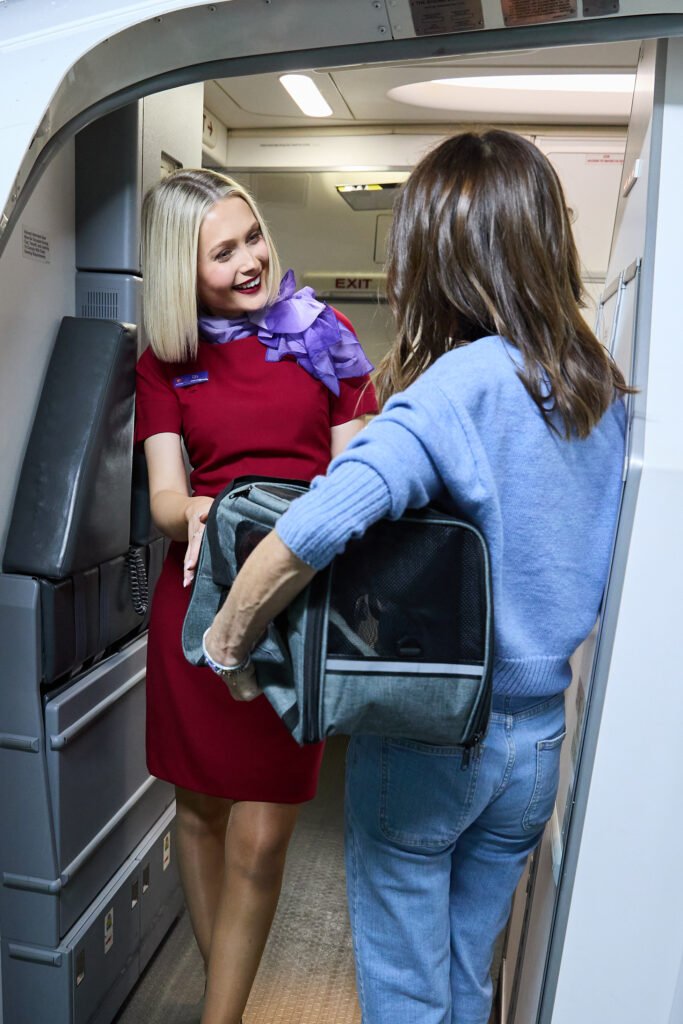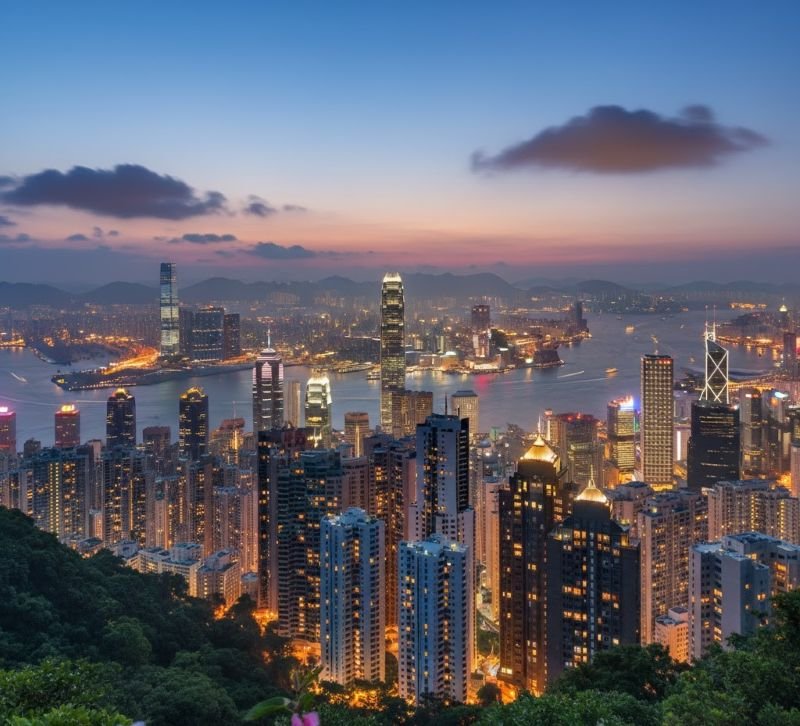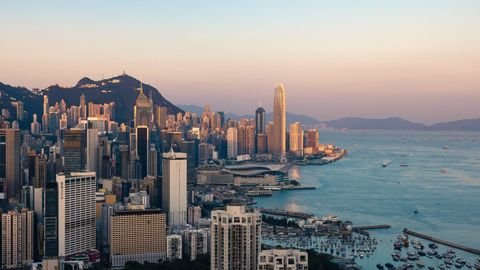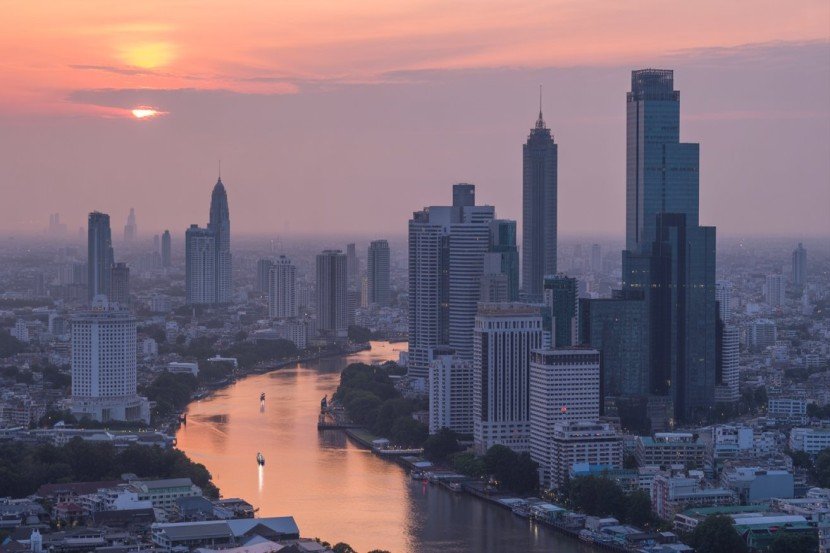Published on
October 19, 2025
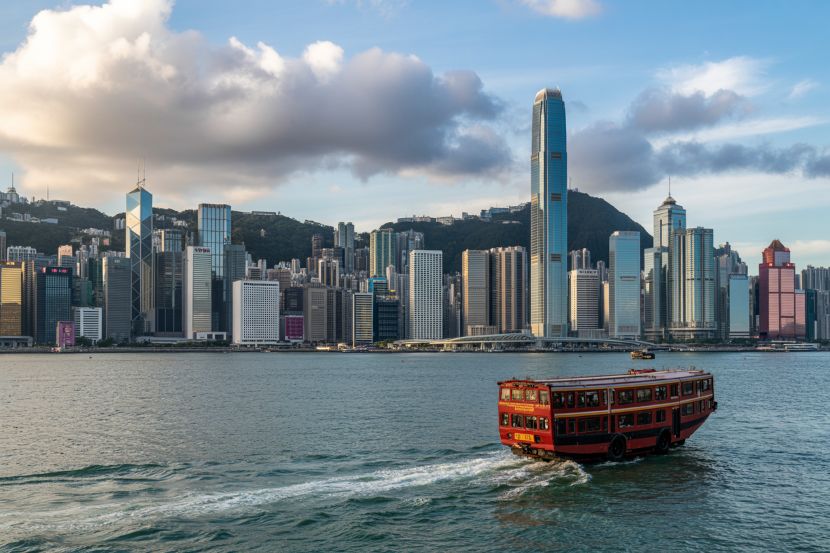
A new initiative aimed at fostering cross-border tourism and driving economic growth in the Greater Bay Area has recently been unveiled. The Southbound Travel for Guangdong Vehicles scheme is expected to launch in November, allowing Guangdong motorists to drive into Hong Kong for leisure or business stays of up to three days. While this plan is set to attract new tourism traffic from mainland China, particularly high-spending family visitors, the scheme presents challenges that could affect its success. From complex paperwork to high parking costs and limited availability of spaces, prospective visitors are weighing the benefits and downsides before making the journey.
This article delves into the potential of this scheme to boost Hong Kong’s tourism, the obstacles travelers might face, and what the initiative means for Guangdong and Hong Kong‘s integration.
Southbound Scheme: A Boost for Hong Kong’s Tourism?
The newly announced Southbound Travel for Guangdong Vehicles initiative is part of a larger effort to integrate the Greater Bay Area—which includes Hong Kong, Macau, and several mainland cities—into a cohesive economic hub. As a key part of this plan, the scheme aims to increase the number of tourists, particularly high-spending families, by providing them with the option to drive directly to Hong Kong for short stays.
Under the scheme, motorists from Guangdong will be able to travel to Hong Kong by the end of the year, with each vehicle allowed a maximum stay of three days. However, travelers will need to apply for permits, get their vehicles inspected, obtain a Hong Kong driving license, and make arrangements for the Hong Kong-Zhuhai-Macau Bridge crossing. While this sounds simple enough, some potential visitors have raised concerns about the various bureaucratic steps and costs associated with the program.
Key Features of the Southbound Scheme
The cross-border plan offers two options for travelers: Park and Visit and Park and Fly.
- Park and Visit: This allows motorists to drive into Hong Kong’s urban areas, but it comes with several requirements. In addition to vehicle inspection, drivers must obtain a Hong Kong driving license, purchase insurance, and register their vehicles for a special plate. Furthermore, each vehicle must adhere to a daily quota of 100 registrations, ensuring that only a limited number of cars are allowed entry.
- Park and Fly: This alternative caters to those who prefer to avoid the complexities of driving around Hong Kong. Motorists can park their vehicles at a designated 1,800-space car park located near the Hong Kong-Zhuhai-Macau Bridge and then board shuttle buses that will take them directly to the local airport for check-in. This option eliminates the need for a Hong Kong driving license and avoids the vehicle inspection process, making it an appealing choice for travelers with limited time.
What Do Travelers Need to Know?
Before jumping into the application process, there are a few key things potential visitors should consider:
- The Cost of Travel: The high parking fees in Hong Kong and vehicle insurance requirements could deter many from using their cars to visit the city. For instance, parking in Hong Kong can be quite expensive, and limited parking spaces may also present logistical challenges for those seeking to drive in the city.
- The Detour and Hassles: Travelers who opt for the Park and Visit option will need to go through an extra layer of bureaucracy. They must travel to Zhuhai before crossing into Hong Kong via the bridge. This detour, in addition to the required paperwork, could dampen the appeal for those seeking a straightforward travel experience.
- Electric Vehicle Considerations: For those driving electric vehicles (EVs) from Guangdong, having charging stations equipped at parking facilities will be essential. This could be a crucial factor for many EV owners who may otherwise be put off by a lack of available charging options in Hong Kong.
Potential Benefits for Hong Kong’s Tourism Industry
This cross-border scheme is designed to cater to travelers who are likely to spend more during their stays in Hong Kong, particularly families and those attending business-related events. The Hong Kong government is already working with local partners to offer special incentives such as parking coupons, accommodation discounts, and exclusive dining offers for motorists entering under the scheme.
The increase in high-spending visitors could also stimulate demand for various services, including luxury shopping, dining, and entertainment options. The influx of visitors would benefit various sectors in Hong Kong, from hotels to retail businesses, especially those located near tourist hotspots and the Hong Kong-Zhuhai-Macau Bridge.
Is the Scheme Worth It for Travelers?
Despite the many upsides, the high costs, complicated procedures, and the challenges of parking could deter many travelers from taking full advantage of the scheme. The scheme’s primary attraction will be for those who enjoy the convenience of driving to their destination and those already familiar with the process of crossing the border. Still, for many visitors, the effort required may outweigh the benefits, especially when public transport in Hong Kong is convenient and efficient.
Traveler Tips: Making the Most of the Southbound Scheme
- Plan Ahead: Apply early and ensure your vehicle meets all Hong Kong’s requirements. Remember that the quota is limited to 100 cars per day, so early registration is crucial.
- Consider Public Transport: For those without pressing need for a car, public transport in Hong Kong is fast and efficient. You may find it easier and cheaper to use public transport for your stay.
- Check Parking Facilities: If you’re driving, research available parking spaces in advance and check if they have electric vehicle charging stations to avoid running into issues.
- Budget for Extra Costs: Be aware of the hidden costs, such as insurance, vehicle inspection fees, and parking charges that can add up during your stay.
Final Thoughts
The Southbound Travel for Guangdong Vehicles scheme presents a unique opportunity to explore Hong Kong by car, but the practical hurdles—along with associated costs—may deter some travelers. While it promises to increase tourism and business activity, the success of the scheme will likely depend on how well the government addresses the concerns raised by potential visitors. By attracting higher-spending tourists, it could provide an economic boost to Hong Kong, but only if travelers feel the scheme offers true convenience and value.



